Paying attention to these details can make your hand coffee better. How can you make it better?
Qianjie wrote an article six months ago that "paying attention to these details can make your hand coffee taste better", which describes some details that are inconspicuous in hand brewing but have an impact on a cup of coffee. This time, we will dig up some small details that are more neglected in the hand flushing.
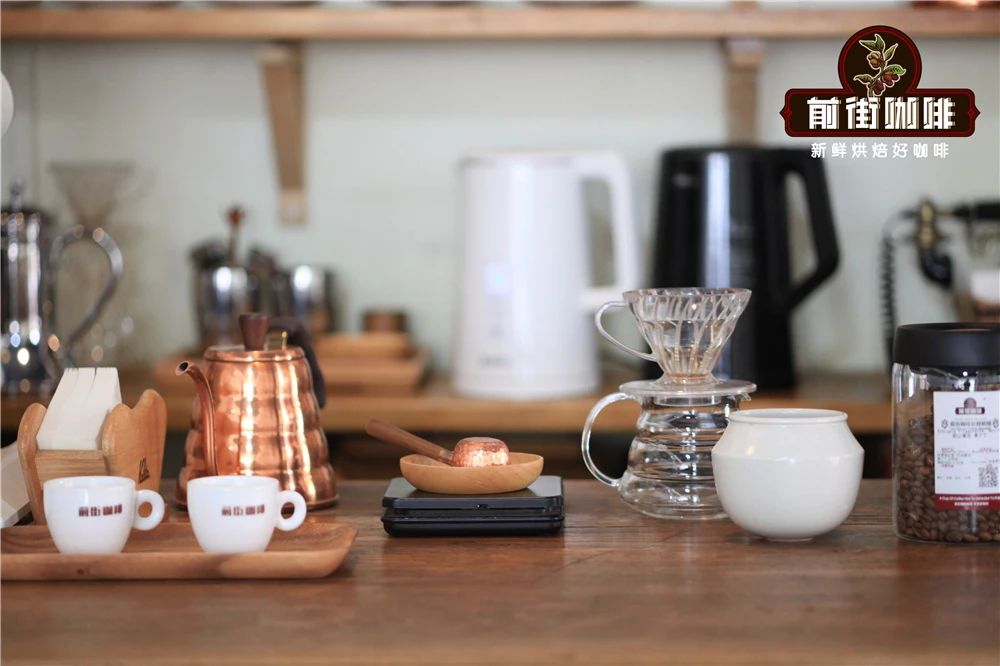
A brief review
Here's a brief review of the previous four details about hand-brewed coffee:
1. The last step of preparation is to grind the coffee powder. It can minimize the volatilization of coffee powder flavor.
2. Don't pursue the flatness of the powder layer too much. Too much pursuit of flatness will make coffee and coffee denser, which is not conducive to steaming.
3. When injecting water, the water level should not exceed the height of silt layer. When the water injection is higher than the powder layer, a "channel" will be formed, resulting in a low overall extraction rate.
4. After cooking, shake the coffee liquid. Shaking makes the internal concentration and temperature of the coffee liquid consistent.
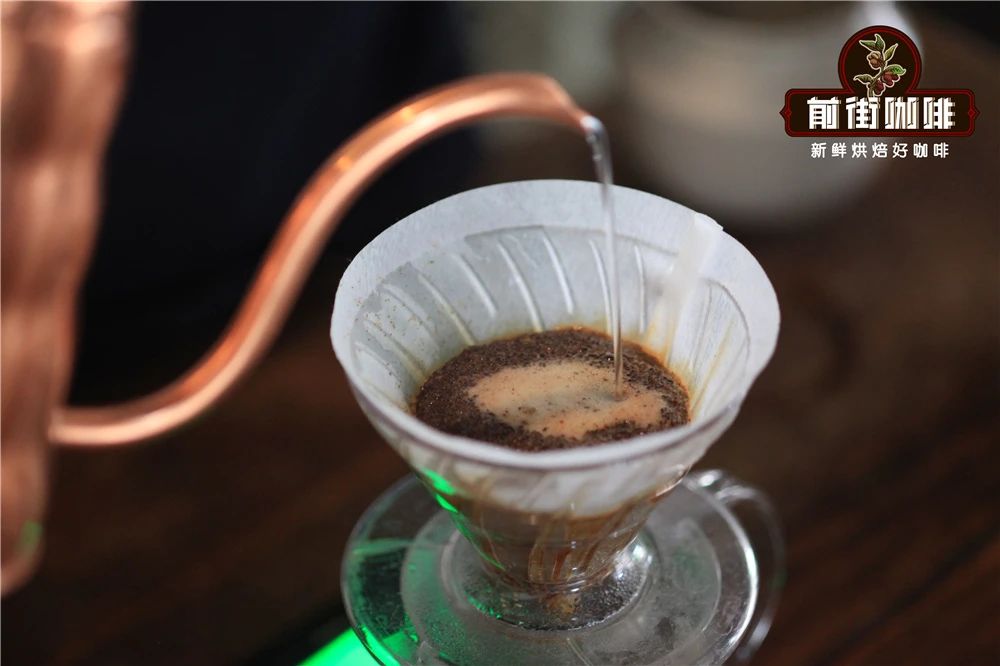
Some seemingly insignificant details in hand-brewed coffee
1. Clean the bean grinder before formally grinding the coffee.
Perhaps many people are used to weighing the coffee beans and then pouring them directly into the bean grinder for grinding. You may never realize that your bean grinder is not "clean". The word "unclean" here means that the bean grinder still has residual powder after the last grinding. You may think that this small amount of residual powder can cause some waves.
If the flavor of the last ground coffee is similar to that of the next cup, you may not notice anything different. But when the last grinding coffee bean flavor is too strong, prominent. Then even a small amount of residual fine powder will affect the flavor of this coffee.
The bean grinder currently used in Qianjie is EK-43s. After grinding the Mantenin coffee, the external coffee powder is cleaned, and then some lightly roasted coffee beans are ground. When tasting these shallow roasted coffee beans, you will obviously taste the bitter rhyme of Mantenin coffee.
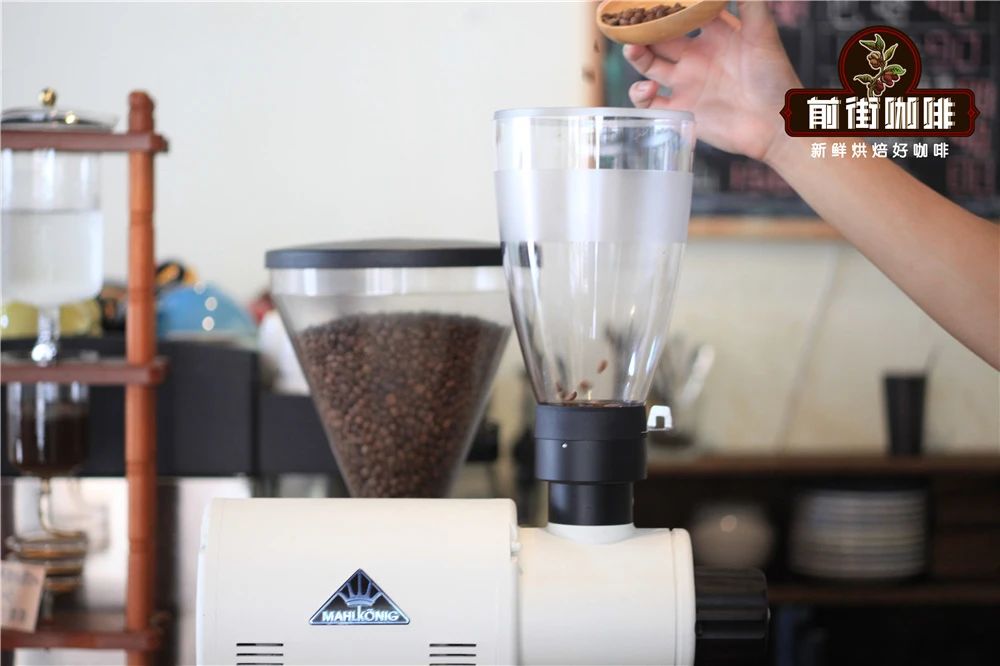
Therefore, Qianjie suggests that before formally grinding the coffee beans that need to be boiled, you might as well grind with 3-4 coffee beans to "clean" the coffee powder left in the grinder. Of course, the 3-4 ground coffee powder should also be discarded bravely.
2. When brewing, you should focus on the coffee powder layer rather than the electronic scale.
Some friends always stare at the scale of the electronic scale when making coffee, which is a bad habit. When brewing, our eyes should pay more attention to the coffee powder layer.
Although the accuracy of the numbers is also important for a cup of coffee, paying too much attention to the numbers will miss more. For example, if you pay too much attention to the numerical value and cause the water injection surface to spread over the coffee powder layer, the loss will outweigh the gain.
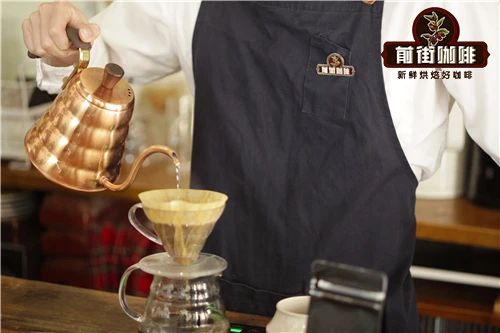
3. Don't pursue the beauty of the coffee powder layer too much.
Maybe when you rush out of a good-looking coffee powder layer (coffee pit), you will be full of confidence. When you flush out an unattractive layer of powder, you may even think that this cup of coffee is not good either!
But in fact, the coffee powder layer does not fully represent the flavor of coffee. The powder layer (powder pit) we see is the state formed after the coffee is brewed to the end of the water, so the brewing method has a great influence on the change of the powder layer. We think that the beauty of the powder layer is generally bowl-shaped, surrounded by a circle of powder layer of the same thickness, with a flat powder bed at the bottom. But this powder layer state does not mean that you are good to drink, it can only be said that there is no cooking problem from the powder layer state.
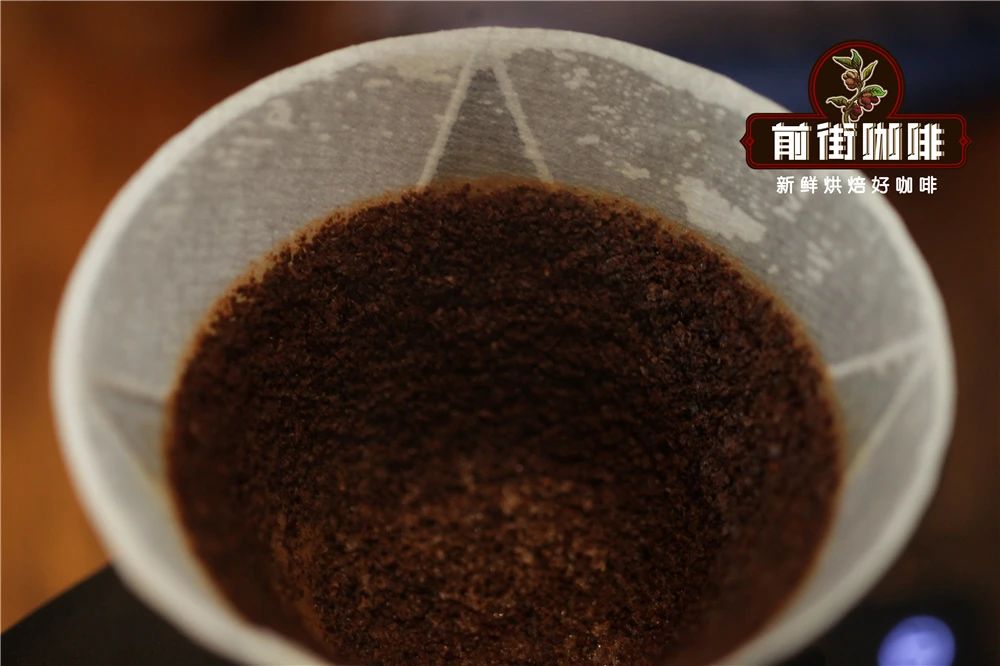
Beautiful coffee powder layer (powder pit)
For example, using three-stage brewing, using central water injection in the first two stages, and using a balanced circle in the last stage to "make" the coffee powder layer beautifully, but this cup of coffee is not delicious.
The fact that the powder layer of hand-brewed coffee is not good-looking is not necessarily bad, nor is it necessarily the problem with your brewing. It could be the coffee beans themselves. For example, when brewing the beans of Panamanian Rosa Coffee in Qianjie, due to the shallow roasting and the hard beans, the water absorption condition of the coffee powder is not as good as that of other coffee, and the final powder layer may not be too beautiful. but it doesn't prevent it from being a cup of brewed coffee.
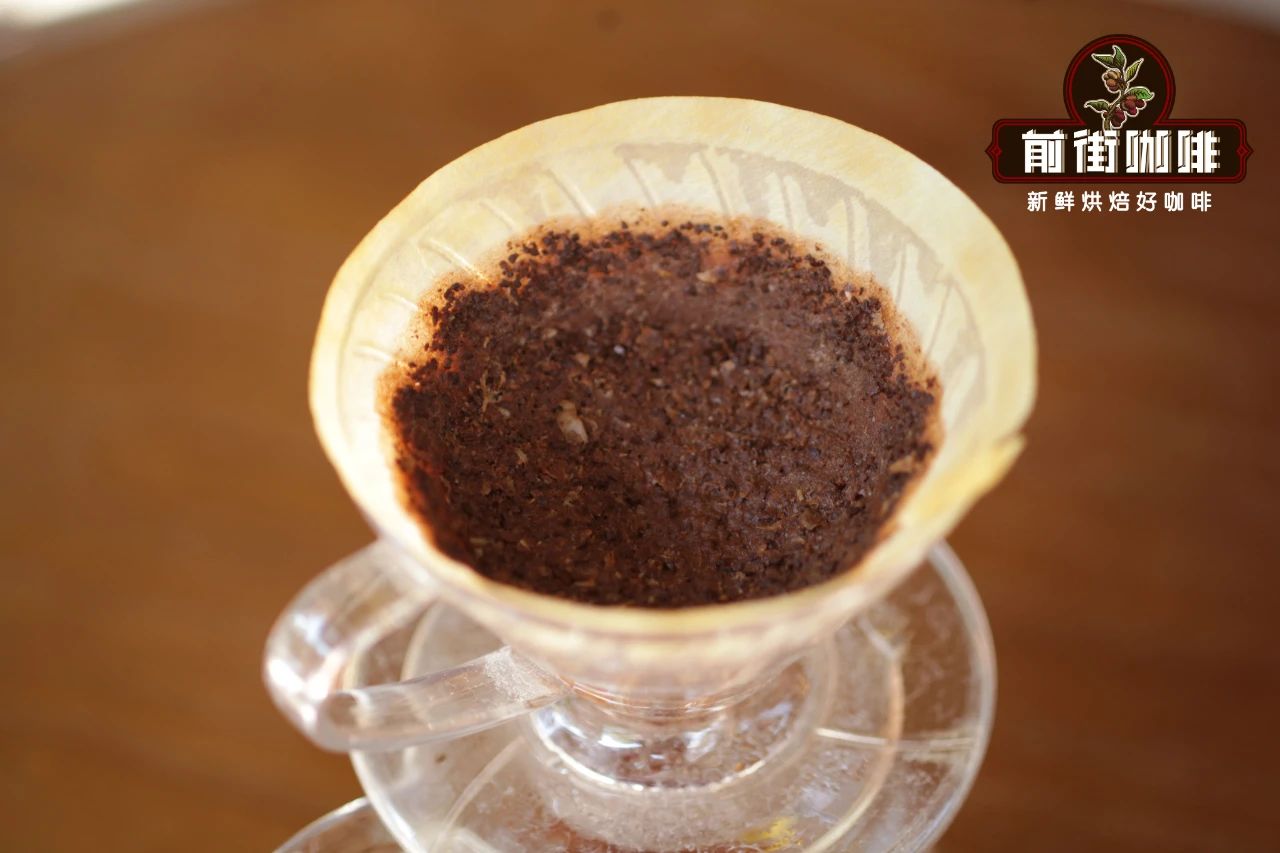
The state of powder layer after Panamanian water washing and boiling
Please preheat your cup before pouring in the hot coffee.
Qianjie has always stressed that the pot must be preheated before making coffee. Then please also get into the habit of preheating the cup before pouring the coffee into the cup.
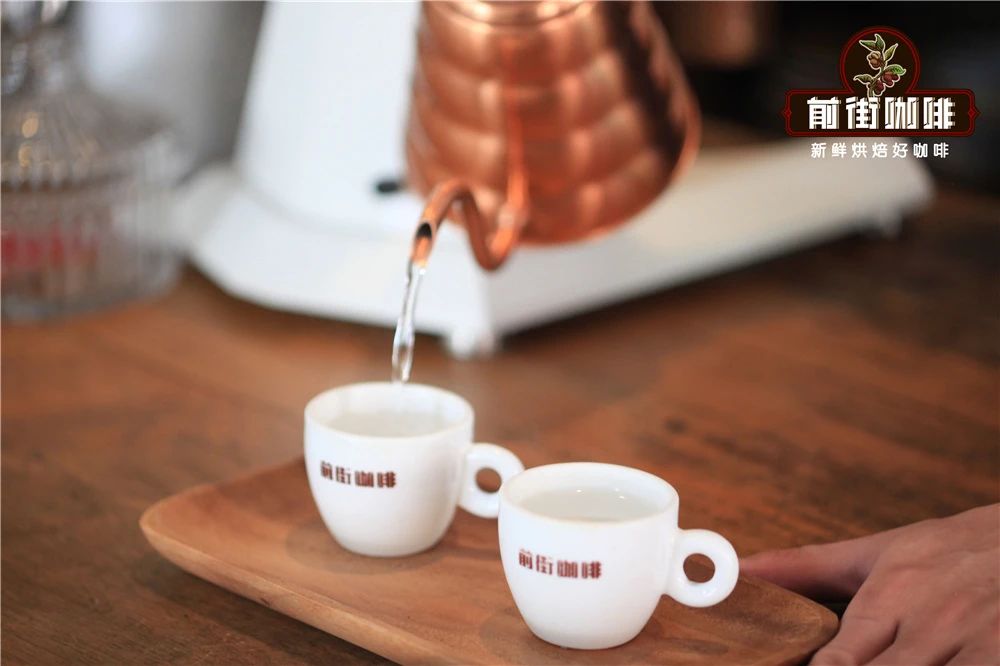
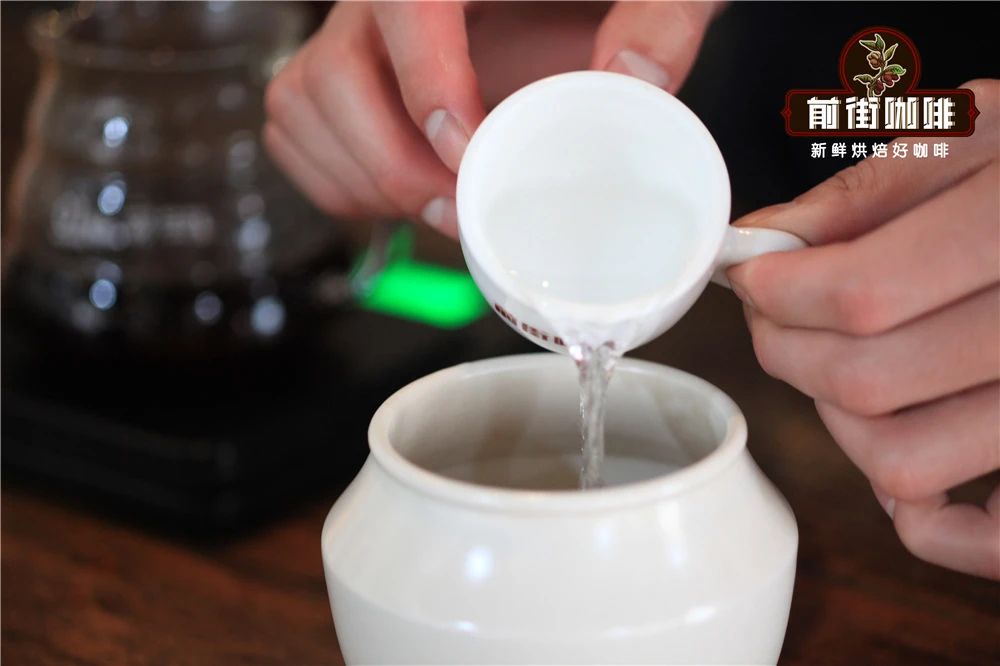
The product cup used in Qianjie is ceramic material and has certain thermal insulation performance, as long as the ceramic cup is preheated. Therefore, Qianjie will use hot water to preheat the ceramic cup before production, and then pour it into the black coffee. Before Qianjie, what is the best drinking temperature for coffee? In this paper, it is explained that most coffee will become unpalatable due to the oxidation of oil and the oxidative polymerization of pigments.
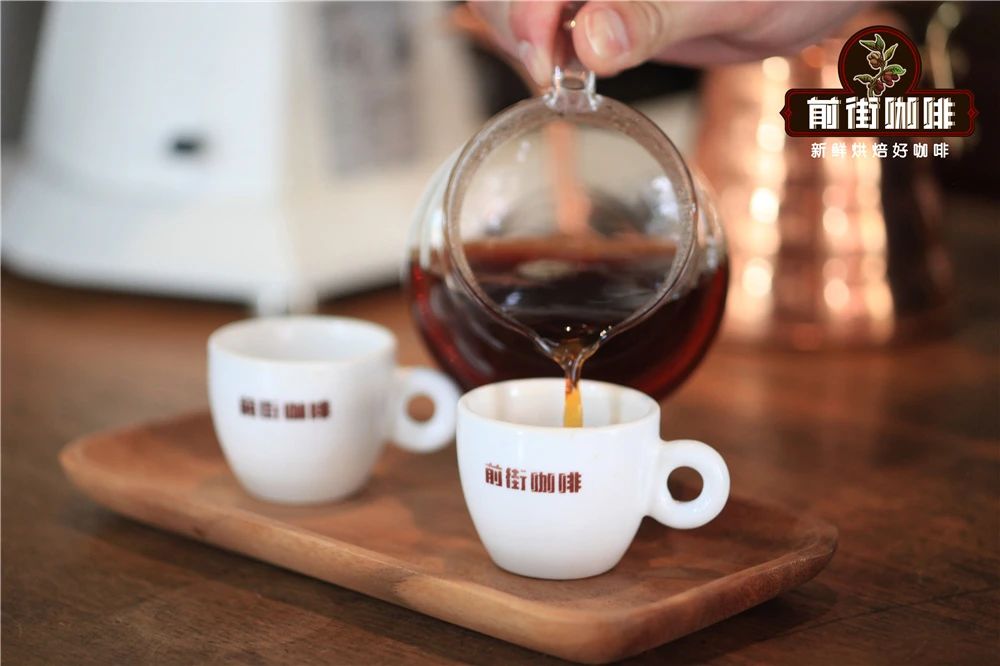
Therefore, preheating the cup can keep the temperature of a cup of coffee longer, so the drinking time will be longer and the drinking experience will be better.
Important Notice :
前街咖啡 FrontStreet Coffee has moved to new addredd:
FrontStreet Coffee Address: 315,Donghua East Road,GuangZhou
Tel:020 38364473
- Prev
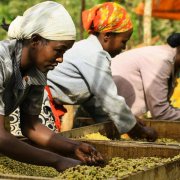
A brief introduction to the boutique coffee producing areas in Ethiopia-Lim 04
The pastoral, forest, semi-forest and plantation coffee system at 1200-1900 m above sea level in Limu is located in the highland plains of western Ethiopia. The average planting height in this area is significantly lower than that in other areas, but it does not hinder the availability of quality coffee. The Lim producing area is located in the southwest of the capital, and you can reach Jinma further south. Both places belong to the coffee forest, north of Lim and Jinma.
- Next
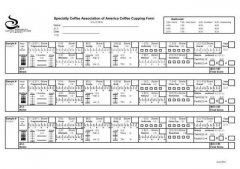
What is the difference between the cup meter of COE and the coffee cup meter of SCAA?
At present, we commonly use SCAA's cup meter and COE's cup meter in the coffee cup test. Qianjie today shares with you the difference between the SCA cup score table and the COE cup score table. The SCAA cup test is 5 cups per sample. The scoring items are divided into: dry / wet aroma, flavor, aftertaste, acidity, alcohol thickness, consistency, balance, cleanliness, sweetness grade, comprehensive evaluation, defect.
Related
- Detailed explanation of Jadeite planting Land in Panamanian Jadeite Manor introduction to the grading system of Jadeite competitive bidding, Red bid, Green bid and Rose Summer
- Story of Coffee planting in Brenka region of Costa Rica Stonehenge Manor anaerobic heavy honey treatment of flavor mouth
- What's on the barrel of Blue Mountain Coffee beans?
- Can American coffee also pull flowers? How to use hot American style to pull out a good-looking pattern?
- Can you make a cold extract with coffee beans? What is the right proportion for cold-extracted coffee formula?
- Indonesian PWN Gold Mandrine Coffee Origin Features Flavor How to Chong? Mandolin coffee is American.
- A brief introduction to the flavor characteristics of Brazilian yellow bourbon coffee beans
- What is the effect of different water quality on the flavor of cold-extracted coffee? What kind of water is best for brewing coffee?
- Why do you think of Rose Summer whenever you mention Panamanian coffee?
- Introduction to the characteristics of authentic blue mountain coffee bean producing areas? What is the CIB Coffee Authority in Jamaica?

